Code
HCS27184
Weight
1.585 Kg / 3.49 lbs
Size
Diameter
25cm (10") Height
11cm (4") Material
Seven Metal Bronze
Availability
Available

Safe Payment
We accept Paypal, Money Transfer, Bank Transfer
Confidence
Protection covers your purchase and personal data.
Worldwide Delivery
We ship Worldwide, except Russia.Shipping cost US$25.2 for upto 0.5 kgs

Hotline
Talk to help line for your question on 9841267335Select Accessories : Accessories
Due to complexities in shipping rate calculation caused by additional accessories, please note that the listed price includes only the singing bowl itself. Accessories like Drumstick, mallet, and cushion are not included and must be selected separately based on your requirements. The prices of additional accessories are inclusive of the shipping cost.
Due to complexities in shipping rate calculation caused by additional accessories, please note that the listed price includes only the singing bowl itself. Accessories like Drumstick, mallet, and cushion are not included and must be selected separately based on your requirements. The prices of additional accessories are inclusive of the shipping cost.
Sound Check - All : Request a sound check
We personally check Buddhist Hand Beaten Jambati Singing Bowl, With Premium Etching Carving, Medicine Buddha Garved, [select Accessories] to ensure the quality of the sound and its resonance. However, if you still require to listen to the sound before purchase. To maintain the quality of service we have introduced a nominal fee of $2 for this service. This non-refundable deposit will be deducted from your invoice upon purchase. Please note due to the limitation of the microphone and the speaker quality, the effectiveness of experiencing the sound will not be the same.
If you have any further questions or require assistance, please do not hesitate to contact us. WhatsApp: +9779841614206 Read More . . .
We personally check Buddhist Hand Beaten Jambati Singing Bowl, With Premium Etching Carving, Medicine Buddha Garved, [select Accessories] to ensure the quality of the sound and its resonance. However, if you still require to listen to the sound before purchase. To maintain the quality of service we have introduced a nominal fee of $2 for this service. This non-refundable deposit will be deducted from your invoice upon purchase. Please note due to the limitation of the microphone and the speaker quality, the effectiveness of experiencing the sound will not be the same.
If you have any further questions or require assistance, please do not hesitate to contact us. WhatsApp: +9779841614206 Read More . . .
Singing bowl Accessories
The Jambati Singing Bowl you are purchasing includes a cushion, a wooden playing mallet, and a felt-hitting mallet for playing the bowl. If you require additional accessories, you can browse the options above and purchase them separately. Should you have any further questions or need assistance, please don't hesitate to let us know. Read More . . .
The Jambati Singing Bowl you are purchasing includes a cushion, a wooden playing mallet, and a felt-hitting mallet for playing the bowl. If you require additional accessories, you can browse the options above and purchase them separately. Should you have any further questions or need assistance, please don't hesitate to let us know. Read More . . .
Medicine Buddha : Brief Introduction
Bhaisajyaguru is known as the Medicine Buddha. He is also called the Healing Buddha. It is said that he dispenses spiritual medicine when properly worshipped. There is even a belief that an efficacious cure may be accomplished by merely touching his image. In Tibet, he may be represented either as a Buddha or as a Bodhisattva. As a Buddha, he exhibits the urn (a small round bulge or protuberance above the bridge of the nose), which is the fourth superior mark of a Buddha, and the Ushnisha (a bulge or protuberance on the top of the Buddha's skull), which is the first superior mark of a Buddha. He has short and curly hair, wears a monastic robe, and is seated with his legs crossed. His left hand, lying in his lap in a meditation mudra, usually holds the medicine bowl, while his right hand, in a charity mudra, holds either a branch with fruit or the fruit alone of the myrobalan, a medicinal plant found in India and other tropical countries. Read More . . .
Bhaisajyaguru is known as the Medicine Buddha. He is also called the Healing Buddha. It is said that he dispenses spiritual medicine when properly worshipped. There is even a belief that an efficacious cure may be accomplished by merely touching his image. In Tibet, he may be represented either as a Buddha or as a Bodhisattva. As a Buddha, he exhibits the urn (a small round bulge or protuberance above the bridge of the nose), which is the fourth superior mark of a Buddha, and the Ushnisha (a bulge or protuberance on the top of the Buddha's skull), which is the first superior mark of a Buddha. He has short and curly hair, wears a monastic robe, and is seated with his legs crossed. His left hand, lying in his lap in a meditation mudra, usually holds the medicine bowl, while his right hand, in a charity mudra, holds either a branch with fruit or the fruit alone of the myrobalan, a medicinal plant found in India and other tropical countries. Read More . . .
Making Process of Hand-Beaten Singing Bowl
Making a handmade bronze singing bowl is a time-honored tradition that involves several stages. The process starts with the creation of a metal alloy, which is typically made of copper and tin. The metal is then melted down and poured into a mold, where it is shaped into a bowl. Once the bowl has been formed, it is subjected to a series of hammering and shaping processes to refine its shape and thickness. This is where the expertise of the craftsman comes into play, as they use their skills to produce a bowl with a balanced tone and resonant sound.
The finished bowl is then polished to a high shine and may be adorned with intricate designs and symbols that are significant in Buddhist or Hindu tradition. Read More . . .
Making a handmade bronze singing bowl is a time-honored tradition that involves several stages. The process starts with the creation of a metal alloy, which is typically made of copper and tin. The metal is then melted down and poured into a mold, where it is shaped into a bowl. Once the bowl has been formed, it is subjected to a series of hammering and shaping processes to refine its shape and thickness. This is where the expertise of the craftsman comes into play, as they use their skills to produce a bowl with a balanced tone and resonant sound.
The finished bowl is then polished to a high shine and may be adorned with intricate designs and symbols that are significant in Buddhist or Hindu tradition. Read More . . .
Jambati Singing Bowl : Brief Introduction
Jambati Bowl is one of the sorts of Singing Bowl. This bowl was established, thinking back to the eighteenth century. Dominant parts of Buddhist individuals utilized this bowl to store grain. This bowl is weighty and one of the straightforward singing dishes. Jamabati bowl is a hand-beaten bowl. It's planned in a U-bended shape and has a thick edge. It may be utilized in a recuperating treatment, including chakra equilibrium and sound washing. It can discharge an exceptionally low dependable tone.
Jambati Bowl is one of the sorts of Singing Bowl. This bowl was established, thinking back to the eighteenth century. Dominant parts of Buddhist individuals utilized this bowl to store grain. This bowl is weighty and one of the straightforward singing dishes. Jamabati bowl is a hand-beaten bowl. It's planned in a U-bended shape and has a thick edge. It may be utilized in a recuperating treatment, including chakra equilibrium and sound washing. It can discharge an exceptionally low dependable tone.
Brief Introduction :
Jambati Bowl is one of the sorts of Singing Bowl. This bowl was established, thinking back to the eighteenth century. Dominant parts of Buddhist individuals utilized this bowl to store grain. This bowl is weighty and one of the straightforward singing dishes. Jamabati bowl is a hand-beaten bowl. It's planned in a U-bended shape and has a thick edge. It may be utilized in a recuperating treatment, including chakra equilibrium and sound washing. It can discharge an exceptionally low dependable tone.


![Buddhist Hand Beaten Jambati Singing Bowl, With Premium Etching Carving, Medicine Buddha Garved, [select Accessories]](https://handicraftseller.com/uploads/pics/product/thumb/2022/11/27184_2.jpg)
![Buddhist Hand Beaten Jambati Singing Bowl, With Premium Etching Carving, Medicine Buddha Garved, [select Accessories]](https://handicraftseller.com/uploads/pics/product/thumb/2022/11/27184_3.jpg)
![Buddhist Hand Beaten Jambati Singing Bowl, With Premium Etching Carving, Medicine Buddha Garved, [select Accessories]](https://handicraftseller.com/uploads/pics/product/thumb/2022/11/27184_4.jpg)
![Buddhist Hand Beaten Jambati Singing Bowl, With Premium Etching Carving, Medicine Buddha Garved, [select Accessories]](https://handicraftseller.com/uploads/pics/product/thumb/2022/11/27184_5.jpg)
![Buddhist Hand Beaten Jambati Singing Bowl, With Premium Etching Carving, Medicine Buddha Garved, [select Accessories]](https://handicraftseller.com/uploads/pics/product/thumb/2022/11/27184_6.jpg)
![Buddhist Hand Beaten Jambati Singing Bowl, With Premium Etching Carving, Medicine Buddha Garved, [select Accessories]](https://handicraftseller.com/uploads/pics/product/thumb/2022/11/27184.jpg)
![Buddhist Hand Beaten Jambati Singing Bowl, With Premium Etching Carving, Medicine Buddha Garved, [select Accessories]](https://handicraftseller.com/uploads/pics/product/thumb/2022/11/27184_0.jpg)
![Buddhist Hand Beaten Jambati Singing Bowl, With Premium Etching Carving, Medicine Buddha Garved, [select Accessories]](https://handicraftseller.com/uploads/pics/product/thumb/2022/11/27184_1.jpg)
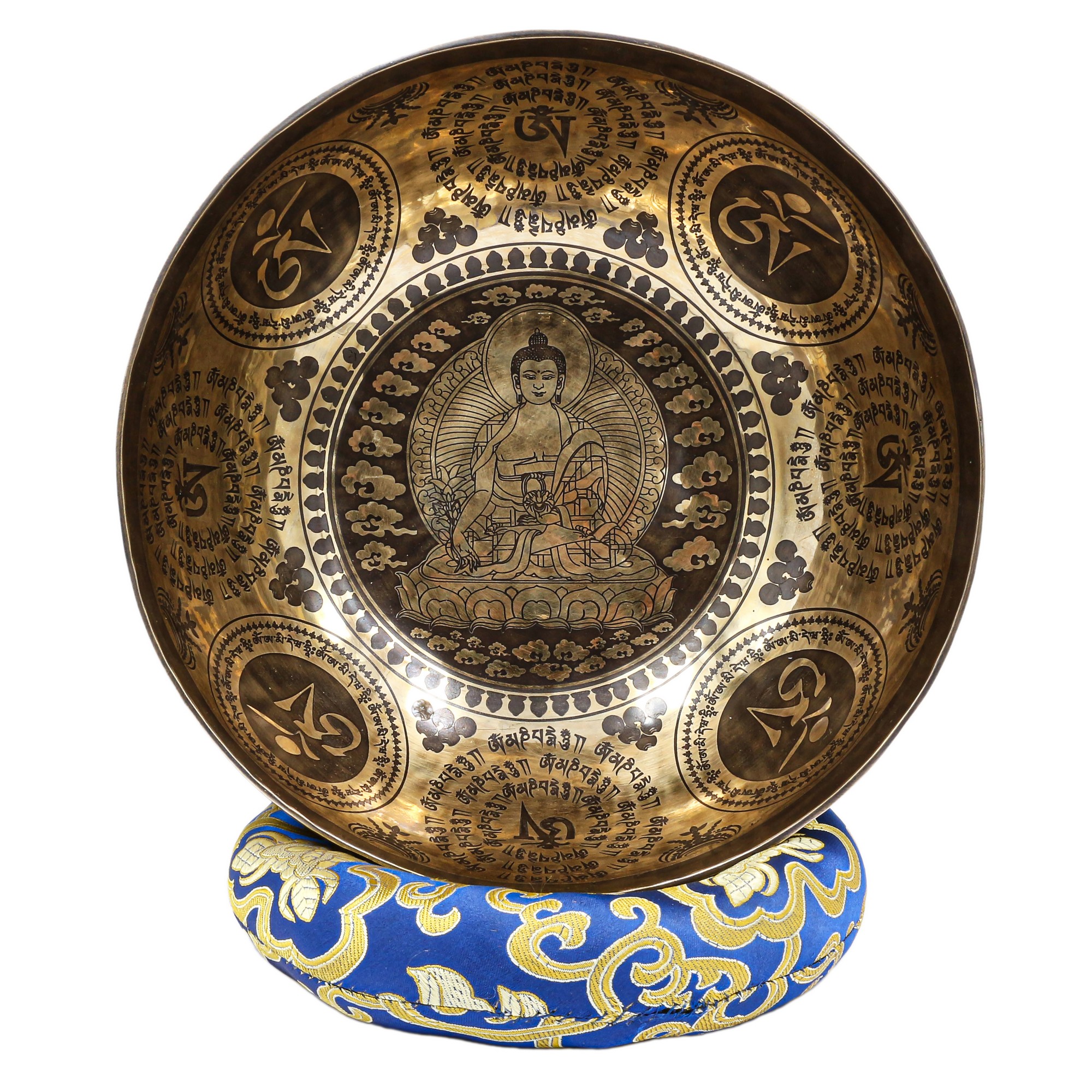
 with Premium Etching Carving,
with Premium Etching Carving,  with Premium Etching Carving,
with Premium Etching Carving, 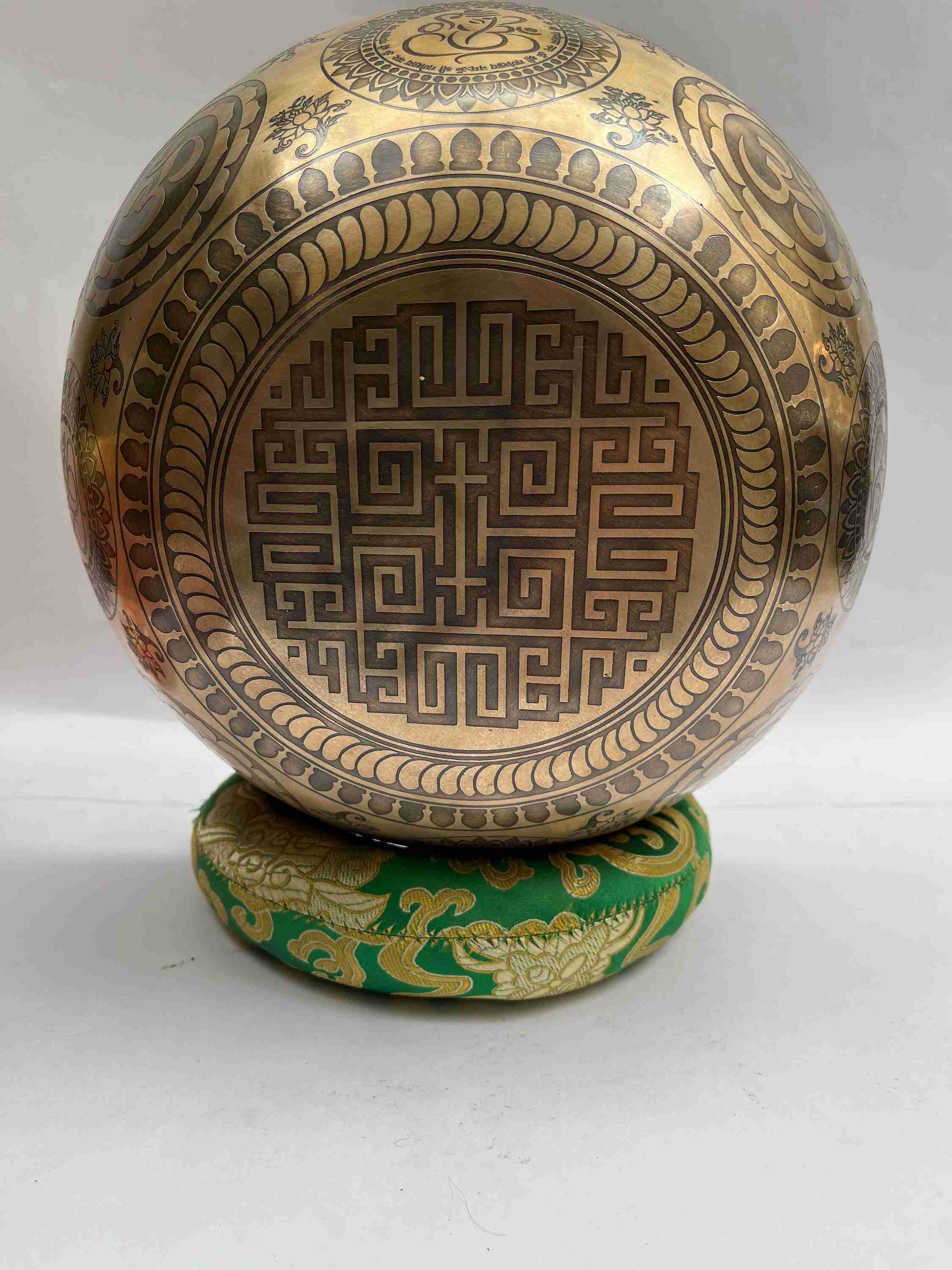 Jambatil
Jambatil 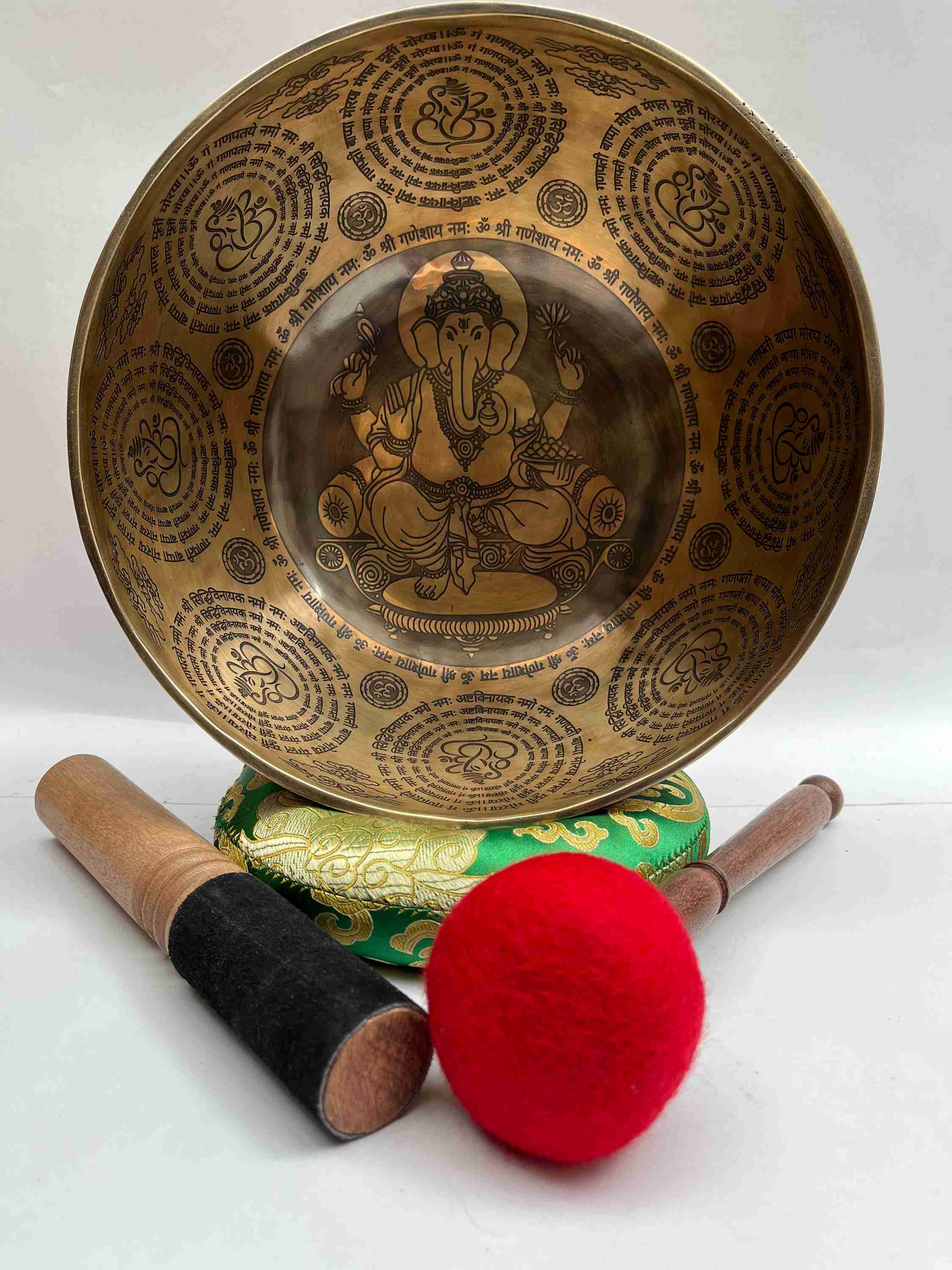 Jambatil
Jambatil  with Premium Etching Carving
with Premium Etching Carving 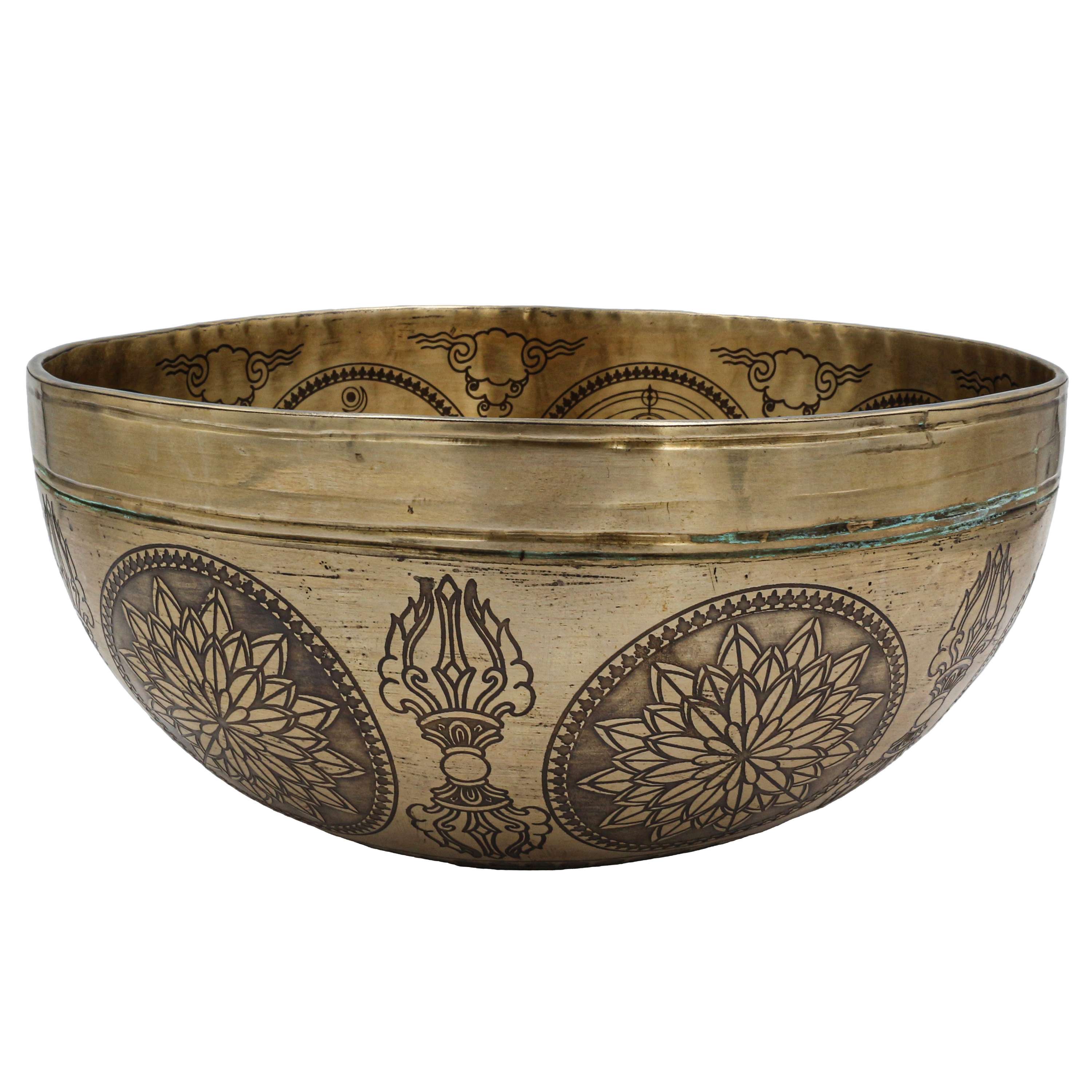 with Premium Etching Carving
with Premium Etching Carving  Select Accessories" title="Lingam Singing Bowl, Buddhist Hand Beaten,
Select Accessories" title="Lingam Singing Bowl, Buddhist Hand Beaten, 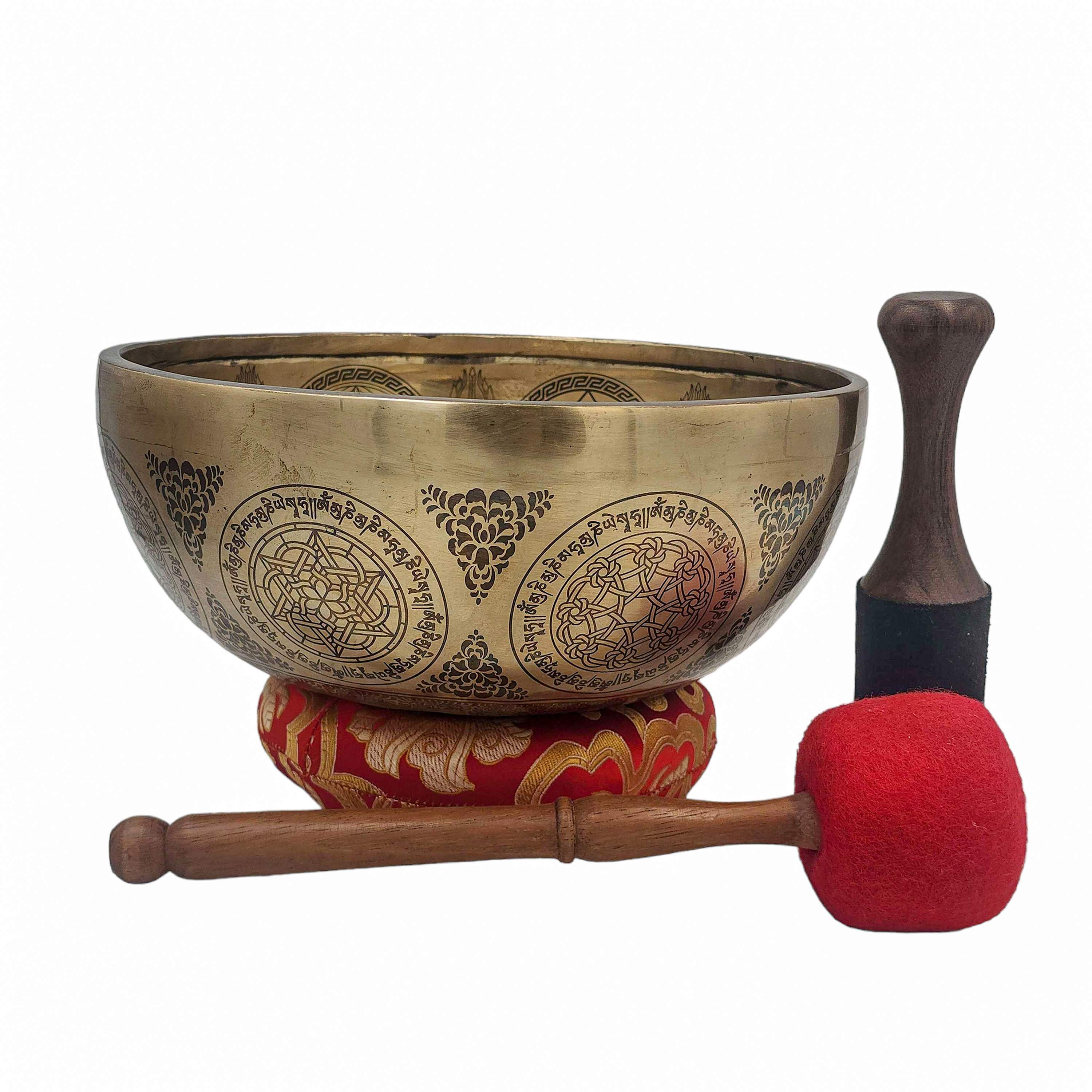 Select Accessories" title="Lingam Singing Bowl, Buddhist Hand Beaten,
Select Accessories" title="Lingam Singing Bowl, Buddhist Hand Beaten,  with Super Fine Etching Carving
with Super Fine Etching Carving 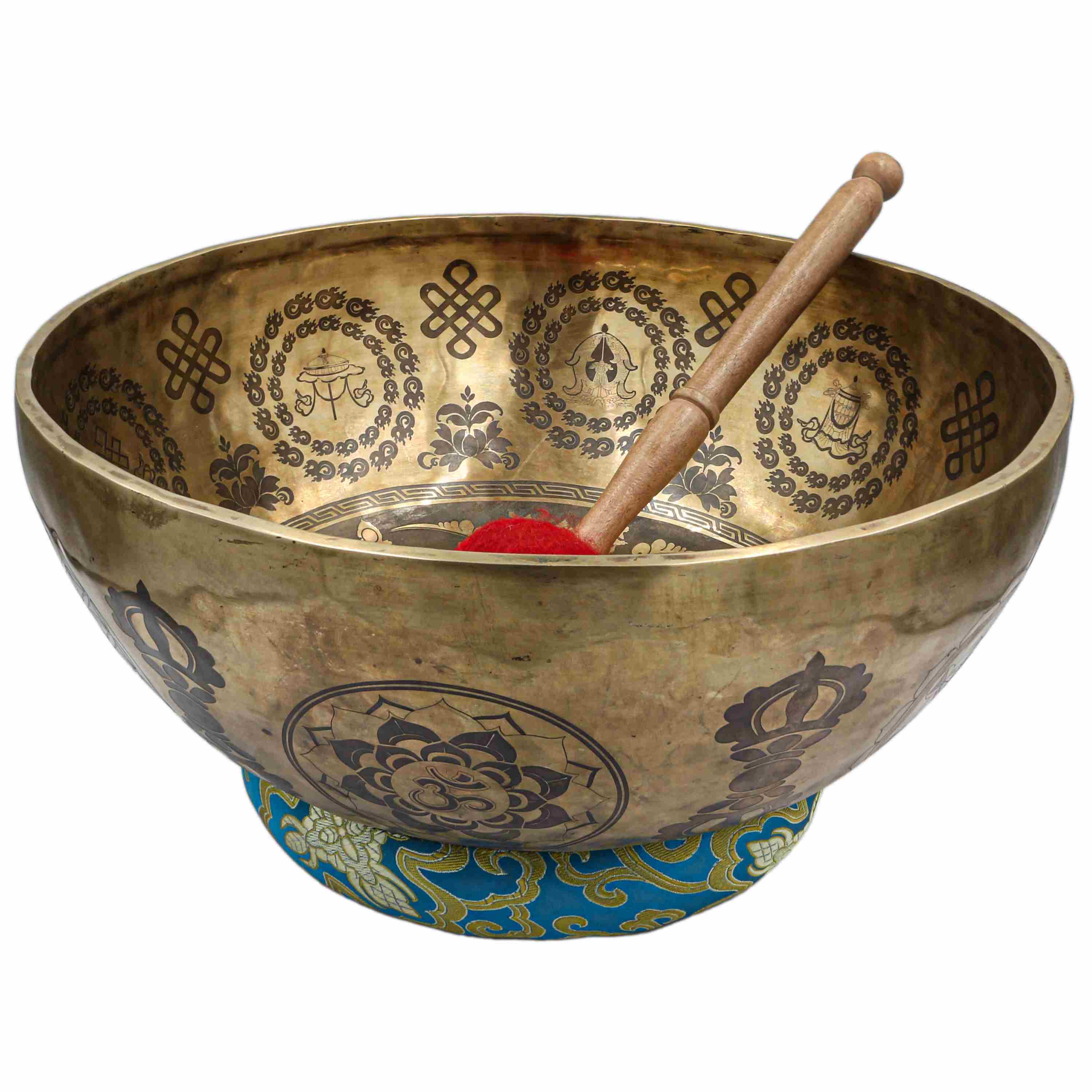 with Super Fine Etching Carving
with Super Fine Etching Carving  with Super Fine Etching Carving,
with Super Fine Etching Carving, 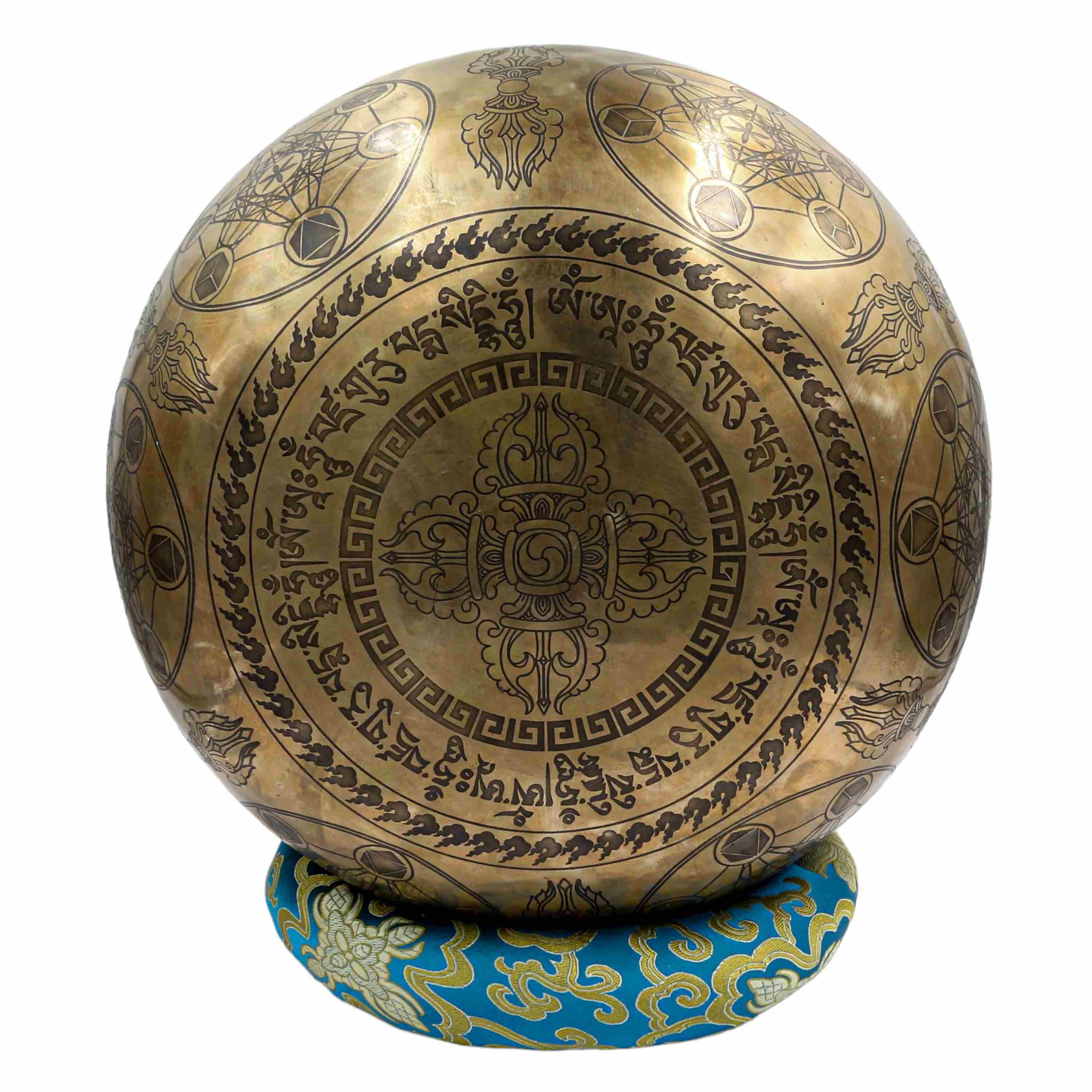 with Super Fine Etching Carving,
with Super Fine Etching Carving,  Jambati,
Jambati, 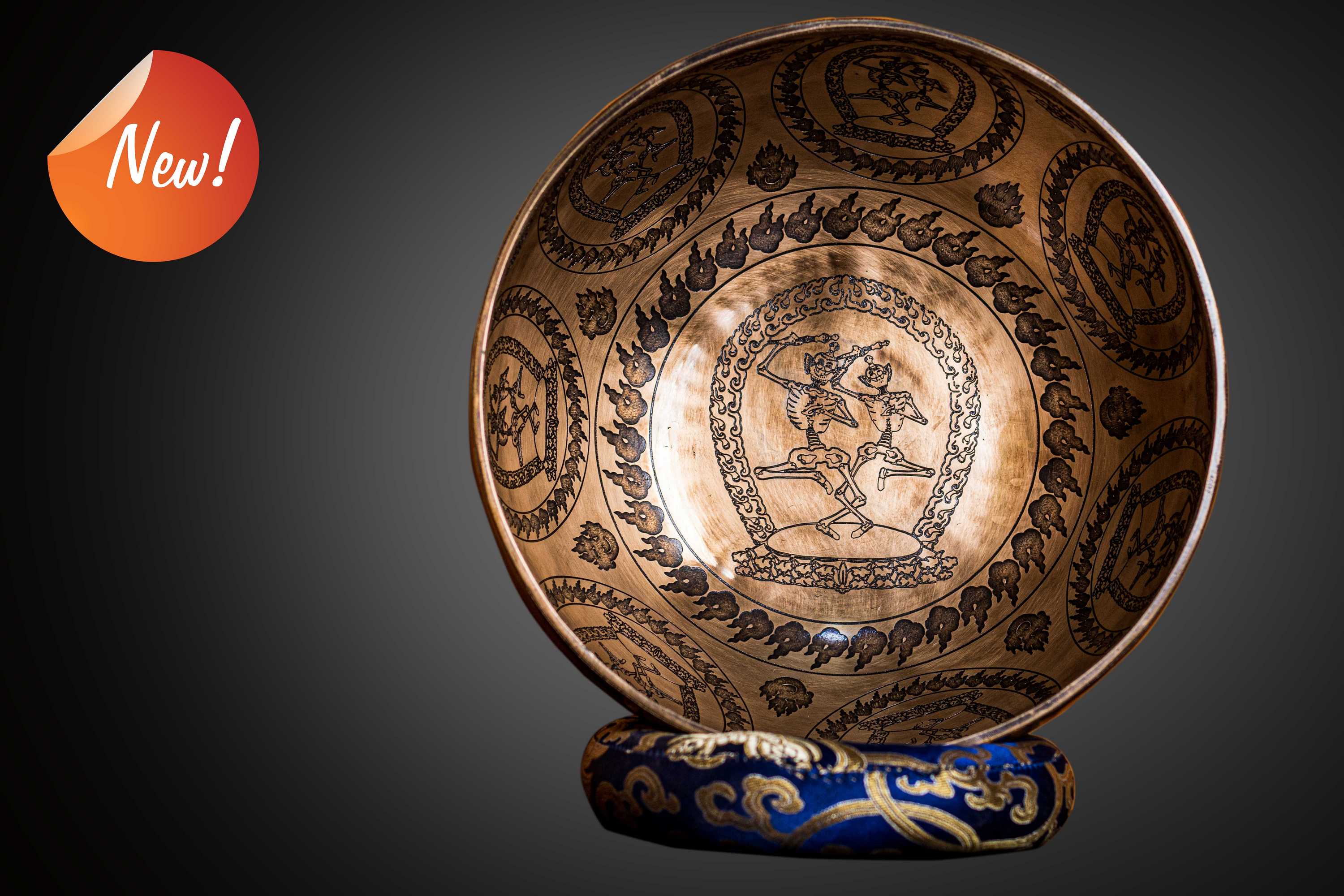 Jambati,
Jambati,  with
with 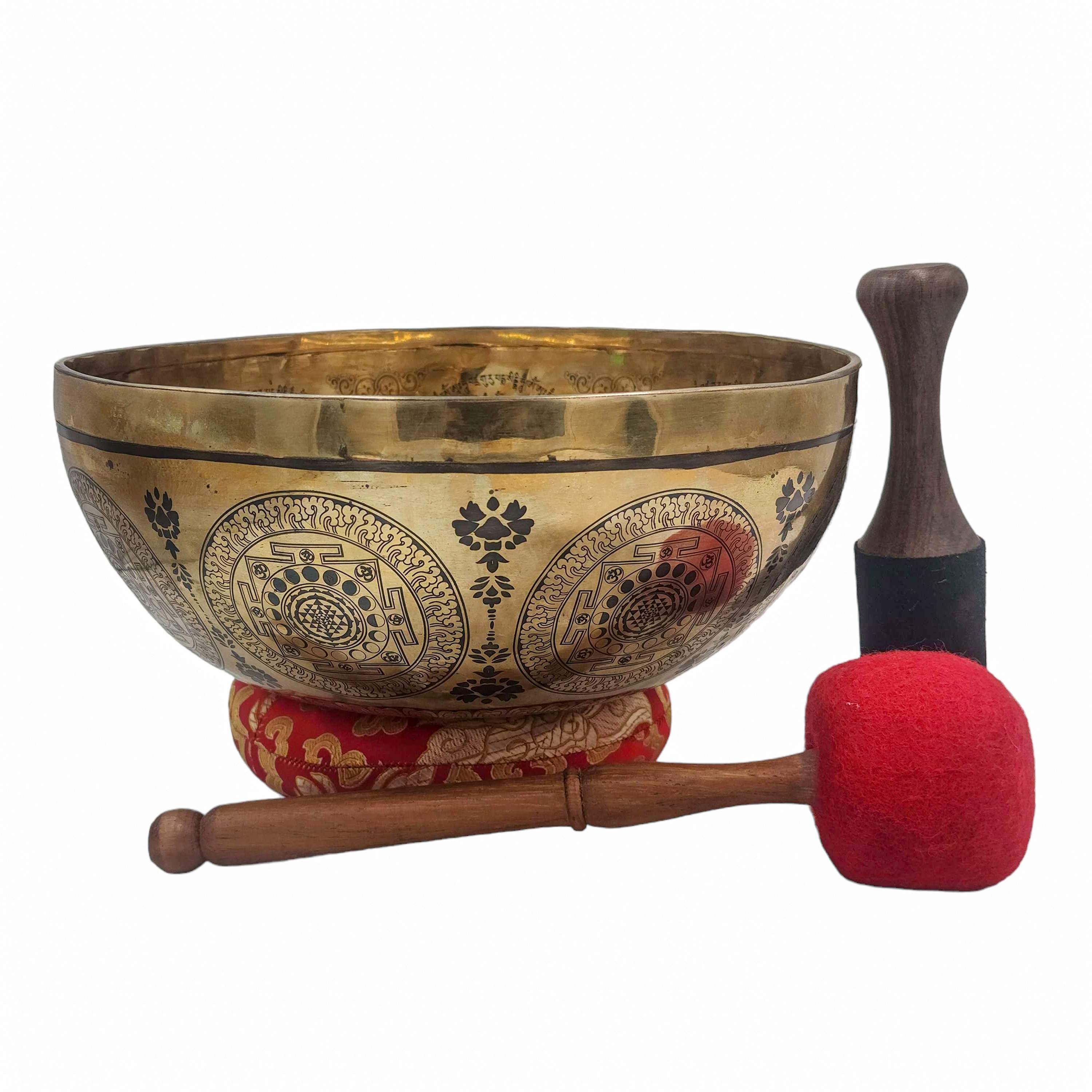 with
with  with Super Fine Etching Carving,
with Super Fine Etching Carving, 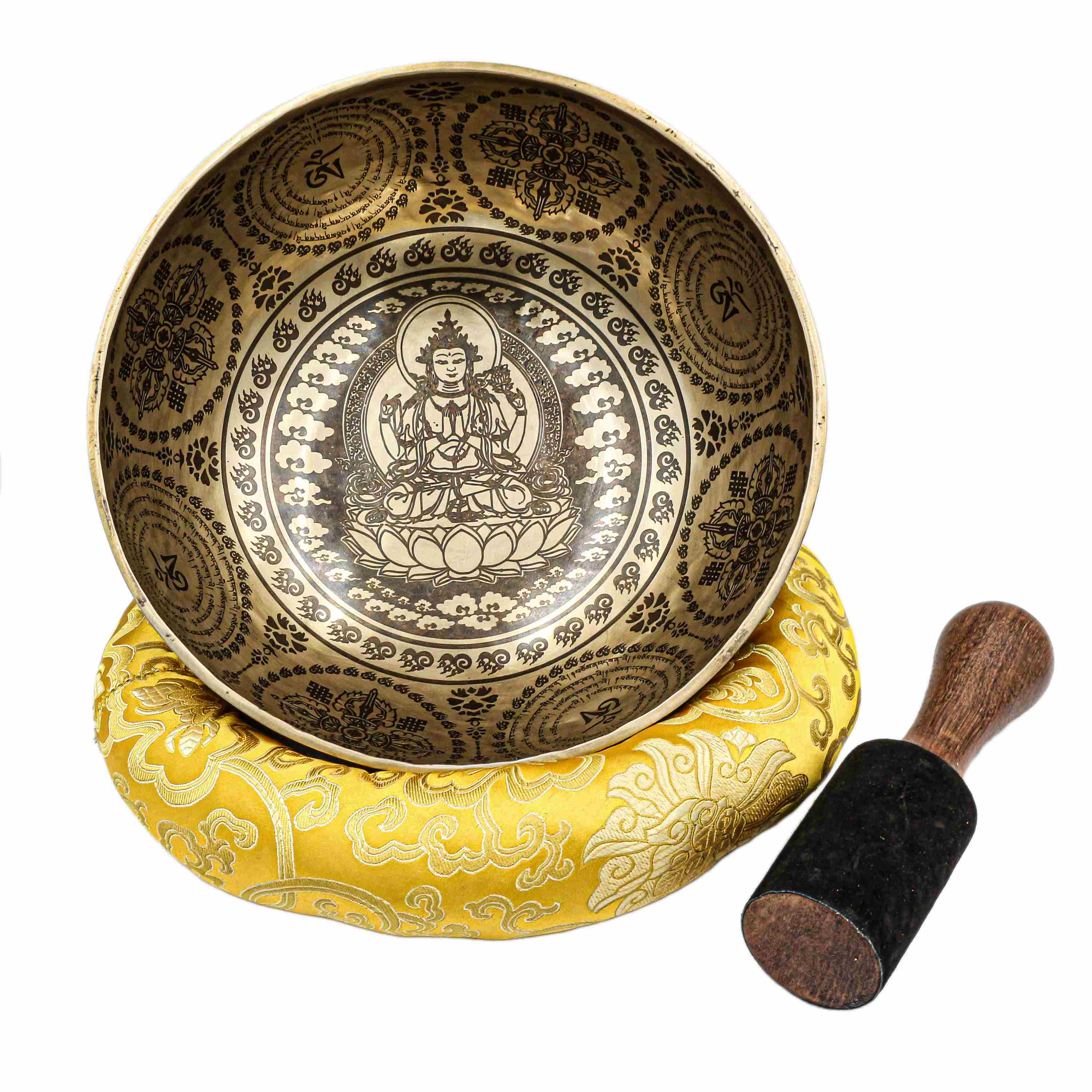 with Super Fine Etching Carving,
with Super Fine Etching Carving,  Jambati Singing Bowl
Jambati Singing Bowl 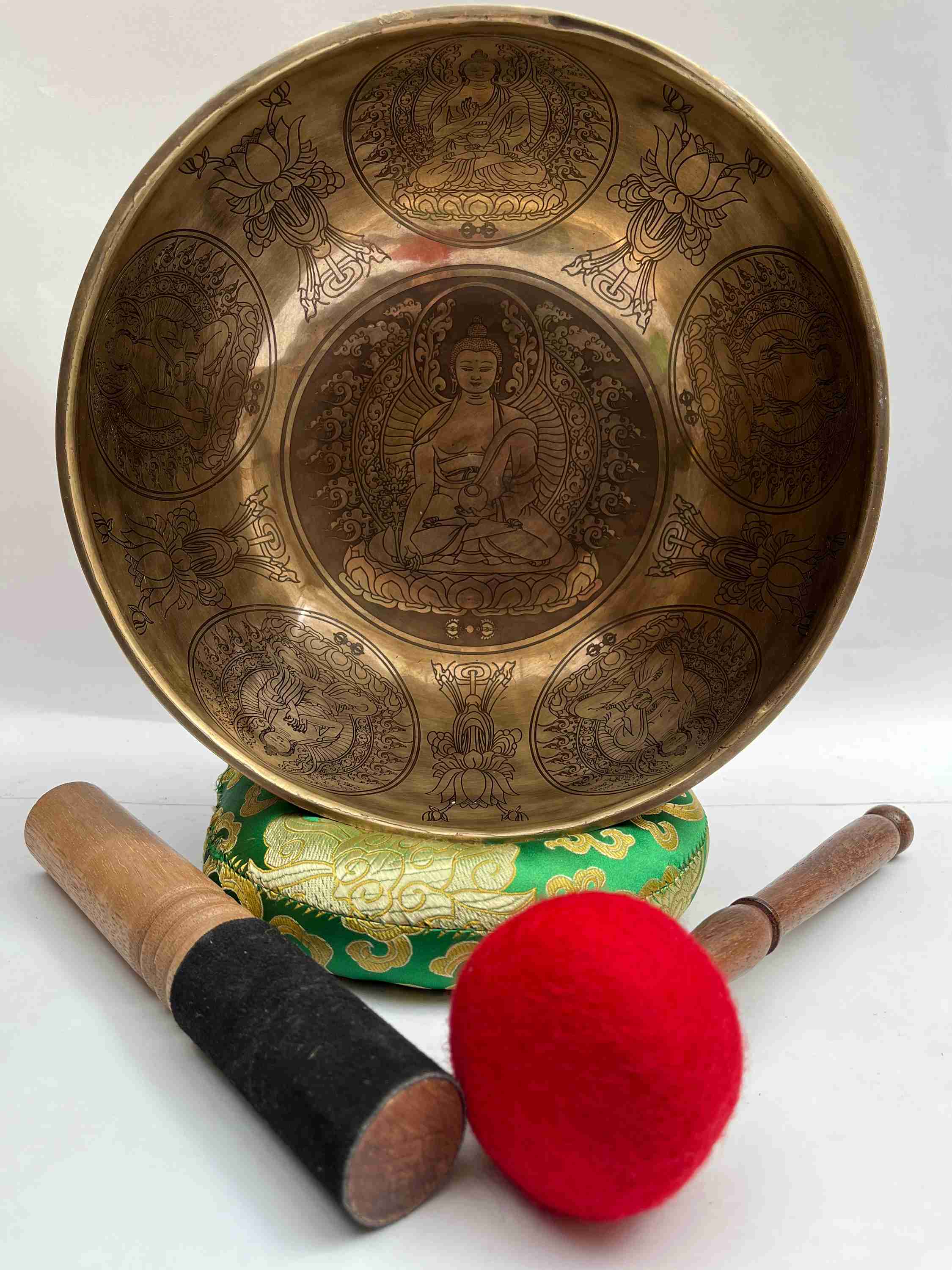 Jambati Singing Bowl
Jambati Singing Bowl